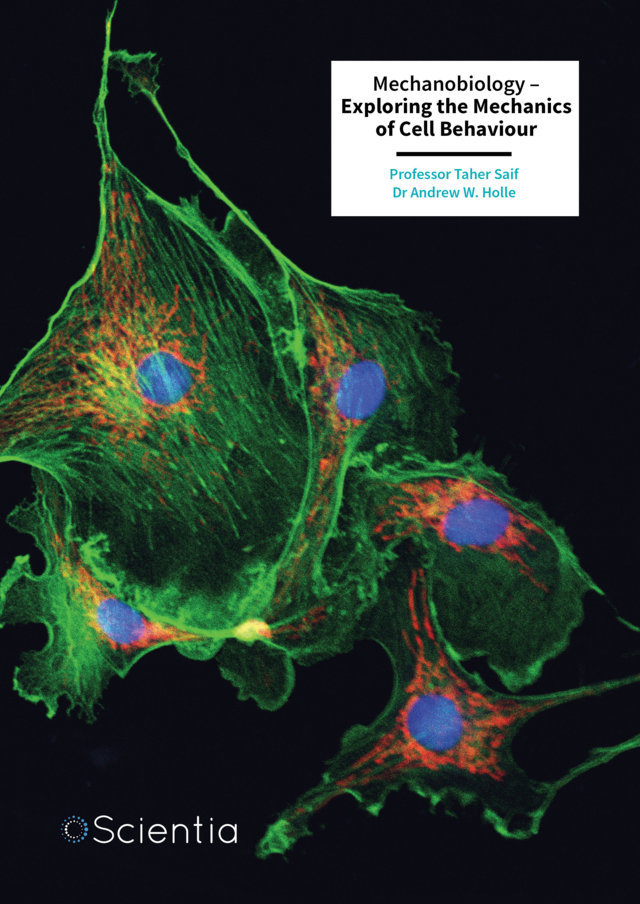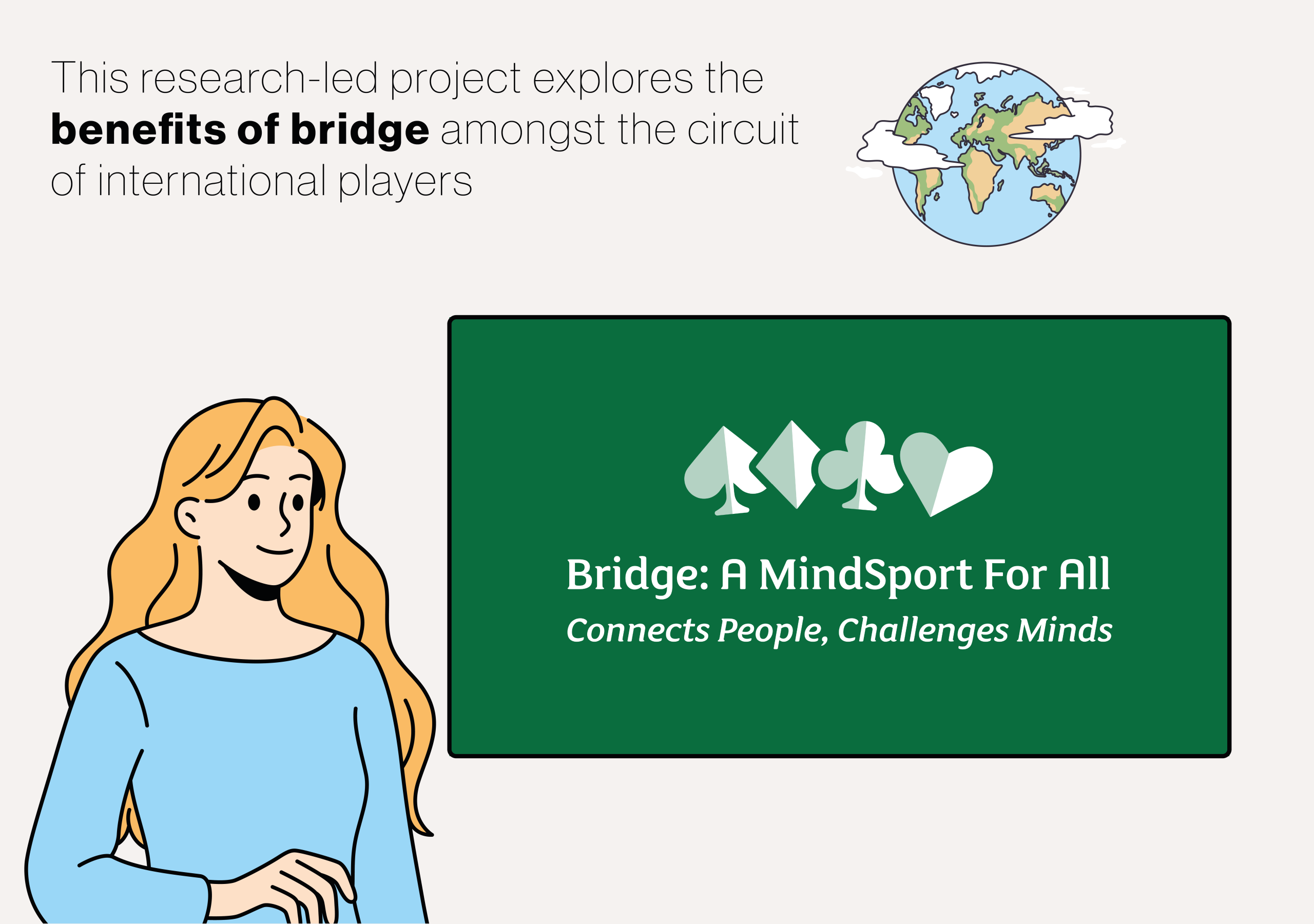In their ongoing quest to improve diabetes management, researchers are searching for new insights into the mechanisms through which the body manages blood sugar levels. Prof. Eugenio Cersosimo and colleagues at the University of Texas Health Science Center recently reported a breakthrough that could change how we understand glucose control and increase our ability to manage type 2 diabetes. Their study examines two medications, dapagliflozin, an SGLT-2 inhibitor, and exenatide, a GLP-1 receptor agonist, and how they can work together to control blood sugar levels by exploiting a previously unknown kidney-to-liver signalling pathway. Their findings have unravelled some important underlying mechanisms that provide strong support for the cardio-renal protective effects reported in many large clinical trials with the use of SGLT-2 inhibitors in patients with type 2 diabetes. The demonstration that the kidney plays a central role in glucose regulation during exposure to SGLT-2 inhibitors represents a major advance in our understanding of diabetes treatment and the prevention of severe cardiovascular and renal complications. More
The role of the kidney in diabetes is usually thought of in terms of managing complications, such as protecting itself from high blood sugar-mediated damage. However, the work of Prof. Cersosimo and colleagues highlights a different, more active role for the kidney, where it acts to regulate blood glucose levels. This latest study reveals that in addition to filtering blood to remove waste, the kidney can send signals to the liver that affect how much glucose is released into the blood. This kidney-to-liver communication appears to be particularly influential when patients take dapagliflozin, a drug that blocks glucose reabsorption in the kidneys. One critical aspect of this novel finding is that circulating insulin, which has been traditionally viewed as the principal and most potent regulator of blood glucose levels, becomes less important under the blood glucose-lowering action of SGLT-2 inhibitors in diabetes.
Dapagliflozin belongs to the SGLT-2 inhibitor class of drugs, which help to lower blood sugar by promoting glucose excretion through urine. By inhibiting a specific protein (SGLT-2) in the kidneys, dapagliflozin reduces the reabsorption of glucose back into the bloodstream, resulting in increased glucose loss through urine. This action offers an innovative way to lower blood sugar without relying on insulin, making SGLT-2 inhibitors especially beneficial for patients whose insulin levels are already compromised. Tissue resistance to the metabolic actions of insulin is a hallmark of type 2 diabetes which, in addition to sustaining high blood glucose and facilitating body fat accumulation, promotes vascular stiffness and the formation of vascular plaques early in the process of atherosclerosis.
While SGLT-2 inhibitors such as dapagliflozin help to control blood sugar through glucose excretion, in their recent study, Cersosimo and colleagues have found that the body has a natural way of responding to this loss by increasing endogenous glucose production, where the liver produces additional glucose to compensate for what has been lost. This adaptive response is crucial since it prevents the development of life-threatening drops in blood sugar levels, which could lead to seizures, coma and death. As a result, it also reduces the therapeutic effectiveness of dapagliflozin because the liver’s glucose production partially offsets the glucose-lowering effects of the drug.
In order to test whether the stimulation of insulin secretion would magnify the blood glucose-lowering effects of dapagliflozin, Cersosimo and colleagues utilized exenatide, a GLP-1 receptor agonist that helps the body to secrete insulin. When used in combination with dapagliflozin, exenatide seemed to moderate the liver’s compensatory response, thereby helping the combination to achieve a more stable and effective reduction in blood sugar levels. Therefore, SGLT-2 inhibitors combined with GLP-1 receptor agonists, such as exenatide, provide more efficient blood glucose lowering than each drug used alone. This is of interest because under these circumstances the kidney becomes the main “glucose regulator”, overpowering the action of the exenatide-stimulated hormone insulin, and very dangerously low blood sugar levels were never observed.
Cersosimo’s research has provided evidence for this novel mechanism of glucose regulation, which links the kidneys’ actions to glucose production in the liver. This discovery came from observing the impact of dapagliflozin’s glucose excretion effect on endogenous glucose production, especially when exenatide was added to the treatment. To achieve this, the team conducted a four-month trial with 75 patients with type 2 diabetes who were split into three groups: one group received dapagliflozin, another received exenatide, and the third received a combination of both drugs.
It was through this experiment that the researchers discovered that dapagliflozin disrupts the kidney/liver balance by triggering the kidney to excrete glucose, which signals the liver to continue producing glucose, even when it’s not needed. Adding exenatide helped to partially interrupt this kidney-to-liver signalling, effectively preventing the liver from overproducing glucose in response to dapagliflozin, yet maintaining the intended blood glucose-lowering effects of dapagliflozin.
This newly discovered insight into a kidney-to-liver axis could help to reshape diabetes treatments. By understanding how the kidney and liver communicate to control glucose levels, scientists can design therapies that better leverage this pathway to manage blood sugar. For patients, this could mean treatments that are not only more effective but also potentially more personalized, targeting specific physiological mechanisms that cause elevated blood sugar.
Beyond these physiological insights, this study reinforces the importance of SGLT-2 inhibitors such as dapagliflozin in modern diabetes care. Not only do these drugs provide a novel means of lowering blood sugar, but they also offer significant cardio-renal protection—a major benefit for people with type 2 diabetes, who are at higher risk for heart disease and kidney issues.
Cardiovascular and renal complications are leading concerns in diabetes, and the ability of SGLT-2 inhibitors to help reduce these risks makes them an essential choice in the management of patients with diabetes. SGLT-2 inhibitors can reduce the risk of major cardiovascular events (such as heart attack and stroke) and slow the progression of kidney disease. These safety benefits add substantial value, positioning SGLT-2 inhibitors as a cornerstone of diabetes therapy for patients with or at risk for cardiovascular and renal complications.
The combination of dapagliflozin with exenatide not only resulted in better blood sugar control but also led to sustained improvements in HbA1c (which is a long-term marker of blood sugar levels) and promoted weight loss, an additional benefit in managing type 2 diabetes. HbA1c reductions are crucial, as maintaining a lower HbA1c value over time reduces the risk of complications such as nerve damage, vision issues, and heart problems. The weight loss associated with this combination therapy may also enhance insulin sensitivity, further aiding blood sugar control. In this regard, the novel observation of Cersosimo and colleagues that the kidney, not the hormone insulin, becomes a central player in glucose regulation in diabetes patients treated with SGLT-2 inhibitors, which reduces tissue resistance to the actions of insulin and contributes to enhance insulin sensitivity.
The study shines a light on a promising future for diabetes care, where therapies are not only safe and effective but also address specific mechanisms of glucose regulation. The discovery of a kidney-to-liver signalling pathway opens up exciting new possibilities, both for understanding the body’s glucose regulation and for developing more targeted treatments with specific prevention strategies.
Following a series of observational studies and clinical trials and, based on this particular landmark experiment, Cersosimo and colleagues have contributed significantly to our understanding of glucose regulation in diabetes, uncovering a novel renal-hepatic axis and demonstrating the power of SGLT-2 inhibitors as safe and effective medications. The combination of SGLT-2 inhibitors plus GLP-1 receptor analogues provides a unique approach that taps into the body’s glucose control mechanisms, offering new hope for managing type 2 diabetes. By paving the way for treatments that more completely address the underlying physiology of glucose regulation, this research inaugurates an era where diabetes care is more effective, safe, more protective, and more precisely tailored to each patient’s needs. The results of this study further contribute to the pursuit of improving the lives of patients with diabetes and prolonging their survival.







